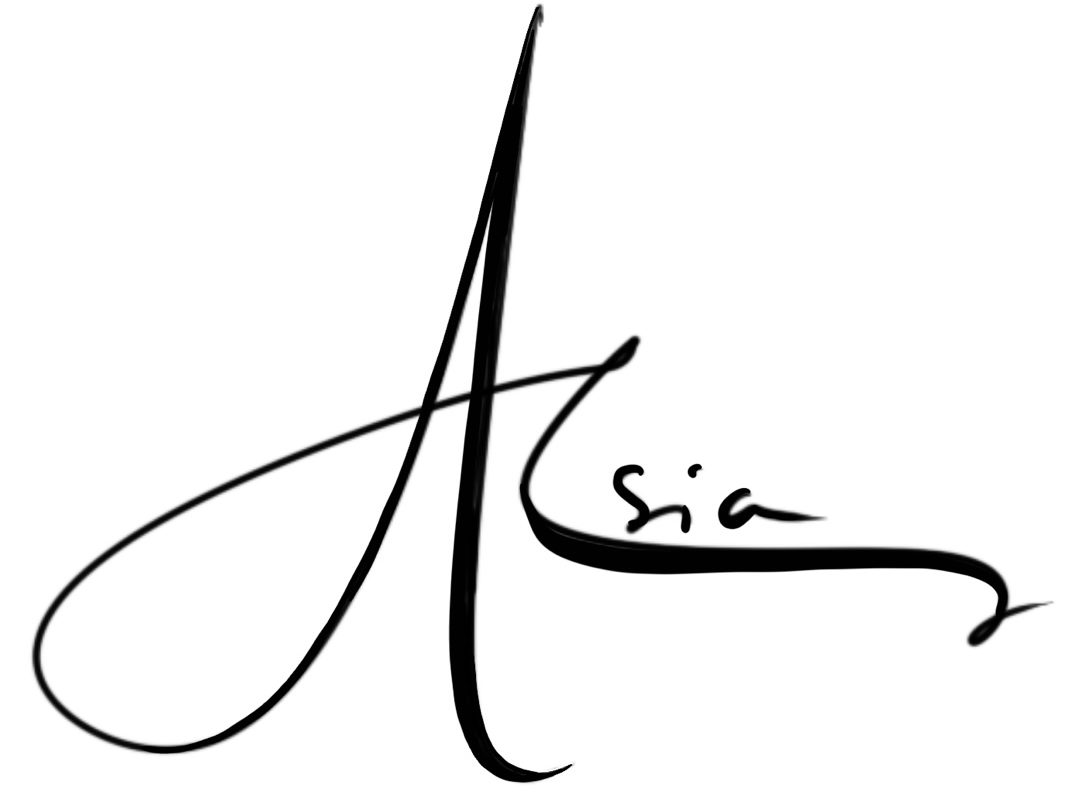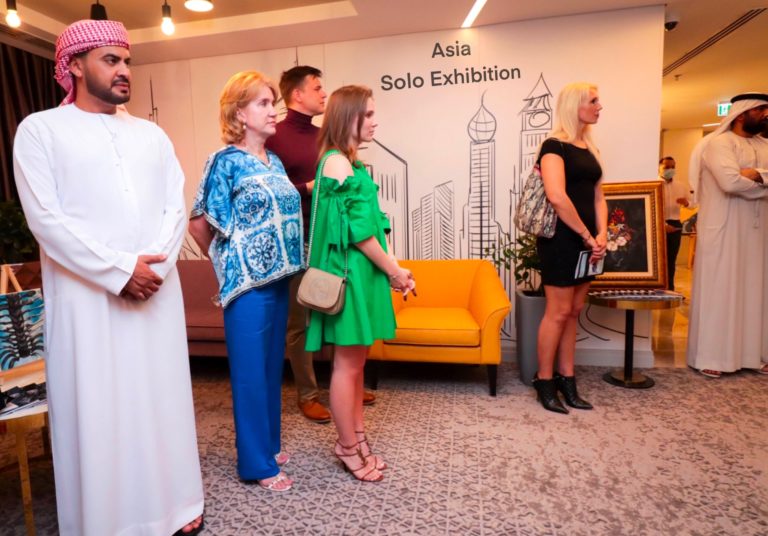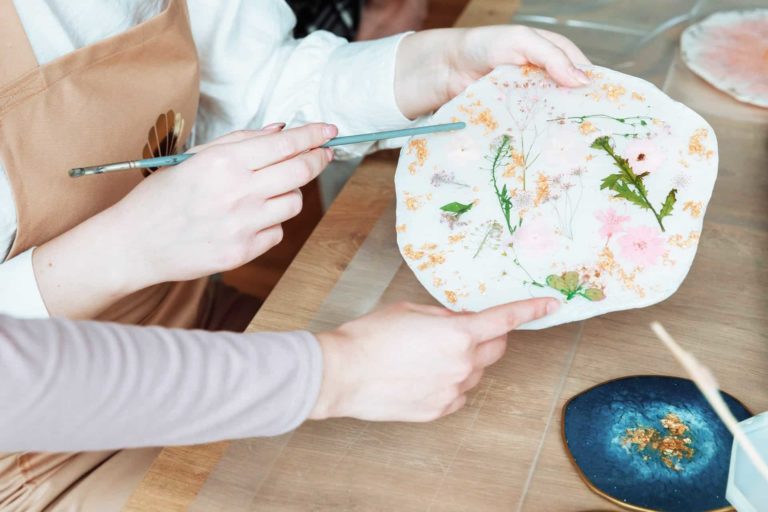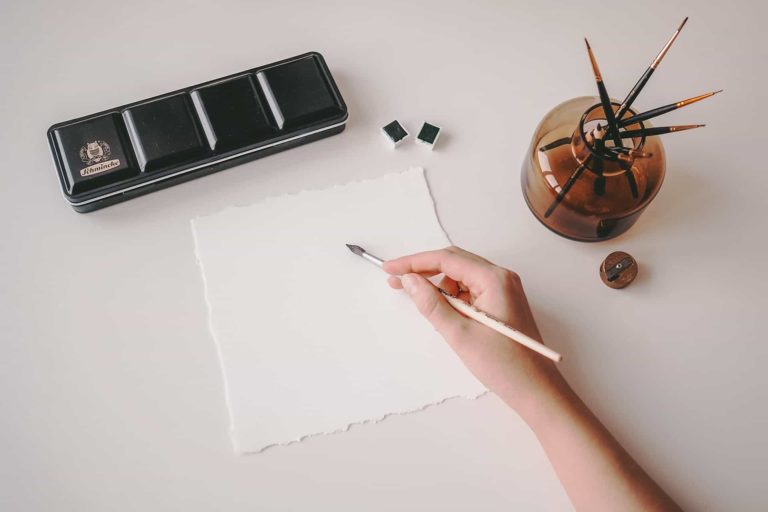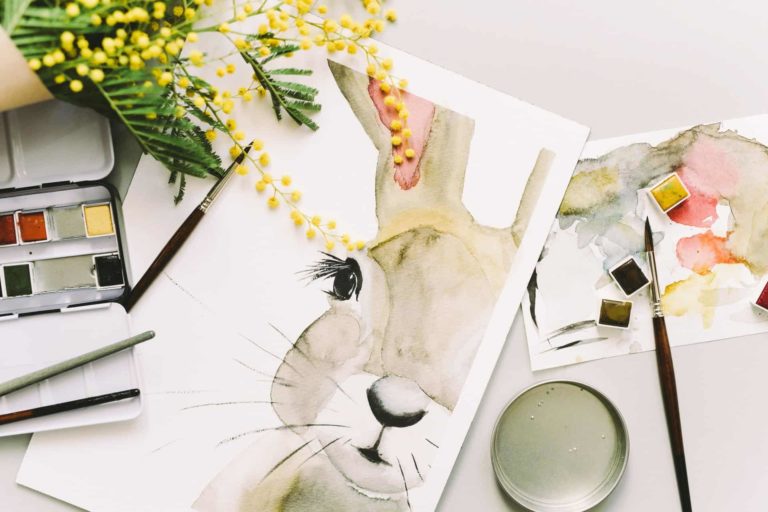At this stage, the artist can edit his digital object any number of times, repeatedly returning to the starting point of his creative intent.
The expediency of mastering digital methods in art was confirmed in 2019, which will be remembered by everyone for the onset of the COVID-19 era. It turned out to be shocking, catastrophic for everyone who did not have time to adapt to the new reality. And for artists who have supplemented their skills with digital format, the finest hour has come. For them, online exhibitions were organized, powerful digital platforms were set up to demonstrate works in real time. All resources were thrown at the fact that the art world through online tools returned to its audience. As a result, a huge number of artists have gained invaluable experience and “came out” of pandemic imprisonment with a decent result, no matter what.
We Have Technical Limitations; Skills That We Have Yet To Develop That Hinder Us
The whole world is rapidly moving towards digital technologies, and art cannot be left behind. As an artist keeping up with the times, this is absolutely clear to me. So a few years ago, I became interested in NFTs, a digital asset that represents many real-world objects, including art. I was struck by the thesis that NFTs are non-fungible tokens. That is, each NFT cannot be replaced by another. Each of them is unique!
- Stick to posting schedules that work
- Giveaways are a great way to get people into your community
- Look into your insights to see when your audience is active on Instagram
- Always be clear on what your CTA is
I plunged into the world of NFT with incredible pleasure. The process of converting digital files into NFTs is called minting. Until recently, NFTs were only minted on Opensea, which is on the Ethereum blockchain, but now there are other NFT markets.
Theoretically, any artist is capable of creating their own NFT store. Everyone can convert their creations into NFTs, mostly on the blockchain, and sell on some kind of marketplace. Anyone can buy or sell NFT tokens. I do it with success in Ethereum and Digital Art. Perhaps today, NFT is one of the most unusual forms of digital art, an advanced and least studied artificial intelligence technology.



The popularity of NFTs is growing exponentially. Much of this is due to the commercial success of this asset. Some pictures are sold for tens of millions of dollars, and this draws enormous attention to non-fungible tokens.
The main thing to remember is that NFTs are designed to give you exclusive rights to a work of art. That is, such an art object cannot be copied. Let me explain from the perspective of collecting art objects. You (and a hundred other people) can buy any painting by Salvador Dali. But only copies. And the original of the said picture will be in the possession of a single copyright holder.
And, perhaps, I will highlight the indisputable advantage of NFT, which is important for novice artists:
NFT allows you to sell works of art, which are not expected to be in high demand
Anastassia Ovsiienko
At vero eos et accusamus et iusto odio dignissimos ducimus qui blanditiis praesentium voluptatum deleniti atque corrupti quos dolores et quas molestias excepturi sint occaecati cupiditate non provident, similique sunt in culpa qui officia deserunt mollitia animi, id est laborum et dolorum fuga.Previous


So, NFTs can perform several functions at once. First, the designation of the right to a digital object or work of art. Secondly, it is an item for sale or even an exchange. Thirdly, NFT can be a kind of exhibit. A digital token, due to its unique properties, is able to store data about a work of art and, which is especially attractive for collectors, to rise in price over the years.
With the advent of digital reality, which could not but affect art, a huge space opened up for contemporary artists, from which, as from a cornucopia, ideas and options for self-expression rained down on representatives of creative professions. For example, in my creative workshop,
moving images have found their place in my creative workshop, which I am happy to provide to the organizers of fashion shows, organizers of various forums and public events.
I recently started experimenting with multimedia interactive systems that combine still images, moving video, and animated computer graphics. Such systems can be supplemented with text, speech and any sounds: technical or natural. I believe that the ultra-fast development of multimedia (as an independent trend in art) is directly related to the development of technical means.
